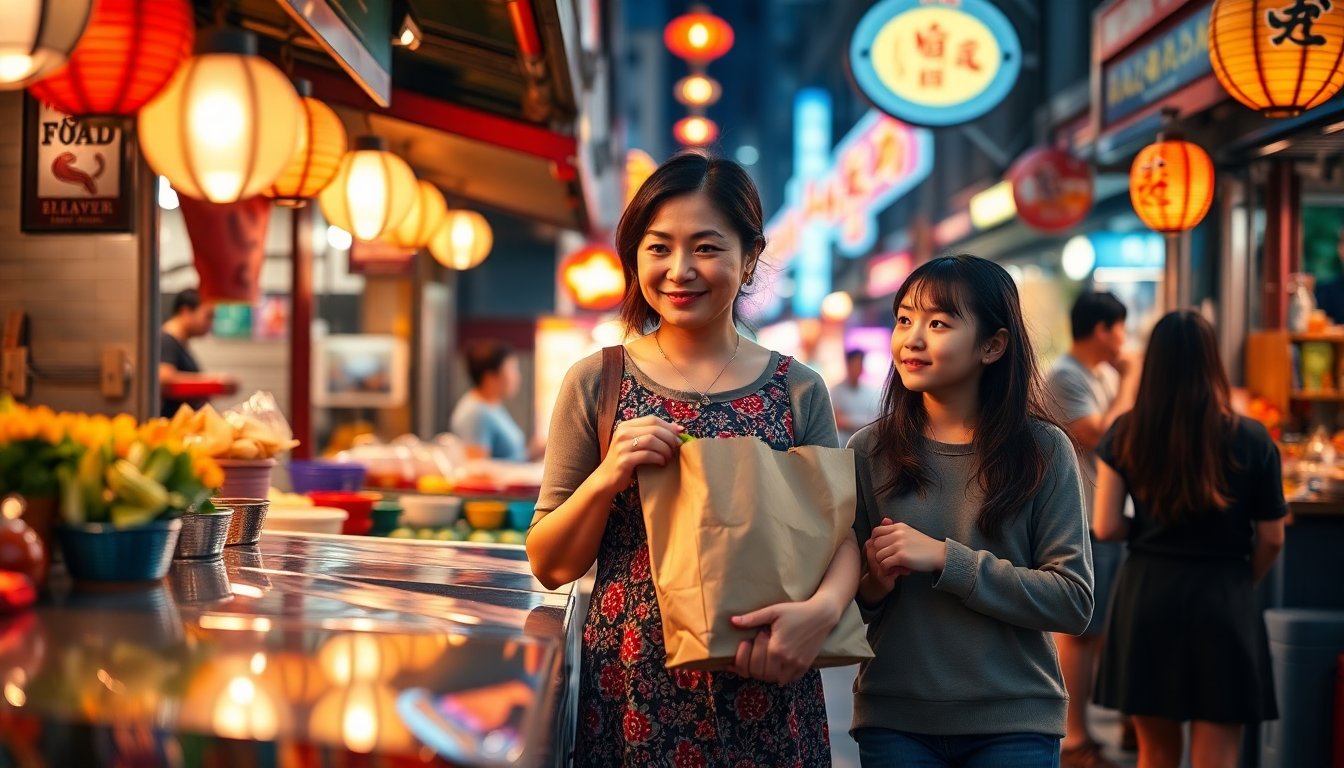Table of Contents
‘Left-handed girl’, directed by Shih-Ching Tsou, represents a significant milestone as her first solo directorial venture. The film is set against the vibrant backdrop of Taipei’s night market and intertwines humor and poignancy to tell a compelling story about a single mother and her two daughters navigating the intricate realities of working-class life. The narrative draws comparisons to the works of Sean Baker, Tsou’s long-time collaborator, particularly resonating with fans of films like The Florida Project.
Featuring vibrant performances by an ensemble cast including Janel Tsai, Ma Shih-yuan, and the irresistibly charming Nina Yeh, the film is notable for its use of kinetic iPhone cinematography. This stylistic choice enhances the intimate portrayal of family dynamics, capturing the experiences of I-Jing, a five-year-old navigating a colorful world filled with challenges and warmth.
Family bonds and societal pressures
The film delves deeply into themes of shame and isolation, exploring how these emotions manifest in the characters’ lives. It does not shy away from depicting the harsh realities of poverty, which often lead to toxic relationships. As the story unfolds, it becomes evident that societal expectations and gender roles heavily influence the family’s dynamics, particularly in how women cope with their circumstances.
Cultural taboos and the left-handed dilemma
One of the film’s central motifs is the superstition surrounding left-handedness, often seen as a mark of bad luck in some cultures. This notion serves as a metaphor for broader societal issues, reflecting how the concept of losing face can impact familial relationships. As I-Jing grapples with her identity in a world that judges her for being left-handed, the film invites audiences to consider how cultural taboos shape personal experiences.
Moreover, the film’s exploration of generational conversations adds richness to its narrative. By juxtaposing the perspectives of younger and older characters, it creates an engaging dialogue about the evolving role of women in society. The interactions are often fraught with tension, yet they reveal moments of tenderness and understanding, showcasing the complexity of familial love.
Emotional depth and cinematic style
In ‘Left-handed girl’, the emotional journey culminates in a powerful climax during a family gathering that unearths long-buried secrets. Tsou skillfully balances humor with heartache, allowing viewers to connect deeply with the characters. The film’s editing, co-produced by Baker, maintains a brisk pace that enhances storytelling without sacrificing emotional weight.
The vibrant setting of Taipei, with its bustling night markets and illuminated streets, serves as a dynamic backdrop that enriches the narrative. The cinematography highlights the daily struggles of the characters against the enchanting chaos of the city, creating a visually captivating experience that mirrors the film’s emotional landscape.
Looking ahead: Shih-Ching Tsou’s future in film
With her unique storytelling style and attention to character development, Shih-Ching Tsou has made her mark with ‘Left-handed girl’. This directorial debut not only showcases her talent but also hints at a promising future in filmmaking. As audiences witness the intricacies of family life through her lens, there is anticipation for Tsou’s next projects, which will undoubtedly continue to explore humanistic themes and the resilience of women.
‘Left-handed girl’ is a touching exploration of familial relationships, societal pressures, and cultural taboos. Through its engaging narrative and strong performances, the film resonates with audiences, inviting reflection on the complexities of life and the enduring strength of family bonds.


